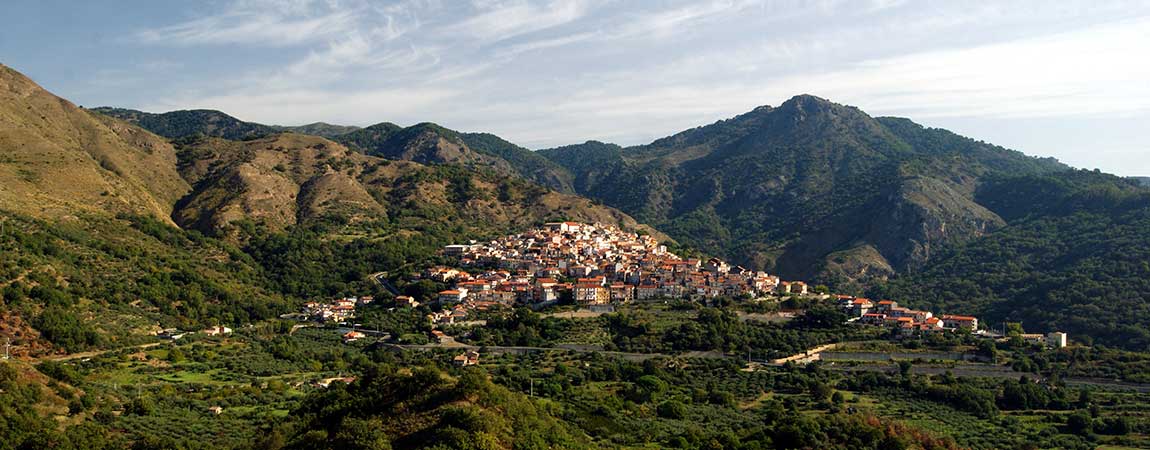
The wonder of Malvagna, a small village located in the Nebrodi park. An area that offers visitors the opportunity to go on excursions, to have direct contact with nature and to appreciate the beauties of creation.
Malvagna is a small Sicilian village located within the famous Nebrodi Park in an area particularly appreciated by nature enthusiasts. In particular, it has 650 inhabitants and its territory develops at an altitude of about 710 meters above sea level. The area is really very intriguing because most of the village is set between the Malabotta wood and other historic Sicilian holiday destinations such as Giardini Naxos e Taormina and the imperious Etna volcano. A mountainous area, however, ideal for those who want to spend a happy and relaxing weekend dedicated to psychophysical well-being.
Lots of excursions to do
Choose the village of Malvagna for a holiday, even in a simple weekend, means having a truly unique tourist offer. In fact, in the immediate vicinity of the city area there are many proposals for dream excursions to discover, for example, the Nebrodi park or the Etna park. All this also offers truly engaging and unique naturalistic landscapes with the majesty of the highest volcano in Europe and the timeless beauty of the Mount Mojo which in turn is of volcanic origin although it has not been active for many years.
This borough has very ancient origins since fragments of objects made of bronze and ceramic have been found in the area, which allow us to reconstruct a story that probably began about 9 centuries before Christ. Archaeologists believe that the first human settlements can be traced back to theBronze Age and subsequently objects were found that made it possible to establish how this village was also present during the period of colonization of the ancient Greeks and Roman and Byzantine times. A mix of culture and traditions that today allows you to make a unique village of its kind.
Malvagna's story
Although the first human settlements dated around the 1626th century BC, the actual history of Malvagna has much more recent origins. In fact, the inhabited center as it is possible to find it today was sunk only in XNUMX thanks to the activity of John Lanza who received this large estate from his mother Silvia Abbate. The expansion from a geographical point of view and above all the construction of new houses took place due to a historical event, namely the spread of malaria which was threatening the inhabitants of the Feudo di Mojo on the homonymous mountain. To avoid being infected they decided to move and go and live in what is now territory of Malvagna, contributing significantly to the growth of the village which was acquiring increasing importance in the social but also political sphere.
The decision of Philip IV
Only a year after its foundation, the Malvagna city center grew in importance due to the considerable increase in population and for other reasons. Indeed in 1627 the powerful King Philip IV of Spain decides to transform that small village into a Principality in which as many vassals from the surrounding area went to settle who were attracted by the beauty of the territory and the wholesomeness of the context. The much more temperate climate compared to that present in the valley, allowed to take advantage of a further boost in agricultural activities while also enjoying a fertile territory. The next history of Malvagna it is linked to the Lanza family until the mid-nineteenth century and then passed on to Salvatore Migliaccio. During the twentieth century a political activity was carried out which allowed to merge Mojo and Malvagna into a single municipality. In the area there are many opportunities for nature enthusiasts but also for history and culture enthusiasts with the possibility of visiting the remains of the seventeenth-century convent of the Friars Minor, the Church of Sant'Anna or Byzantine Cuba.
In short, Malvagna is a small Sicilian town but rich in history and capable of offering the visitor an incomparable landscape and naturalistic proposal in a context on a human scale. They can be arranged excursions to discover the area, appreciate the gastronomic delights and visit perfectly preserved historic buildings.
Image of Condephy, CC BY-SA 4.0, via Wikimedia Commons









